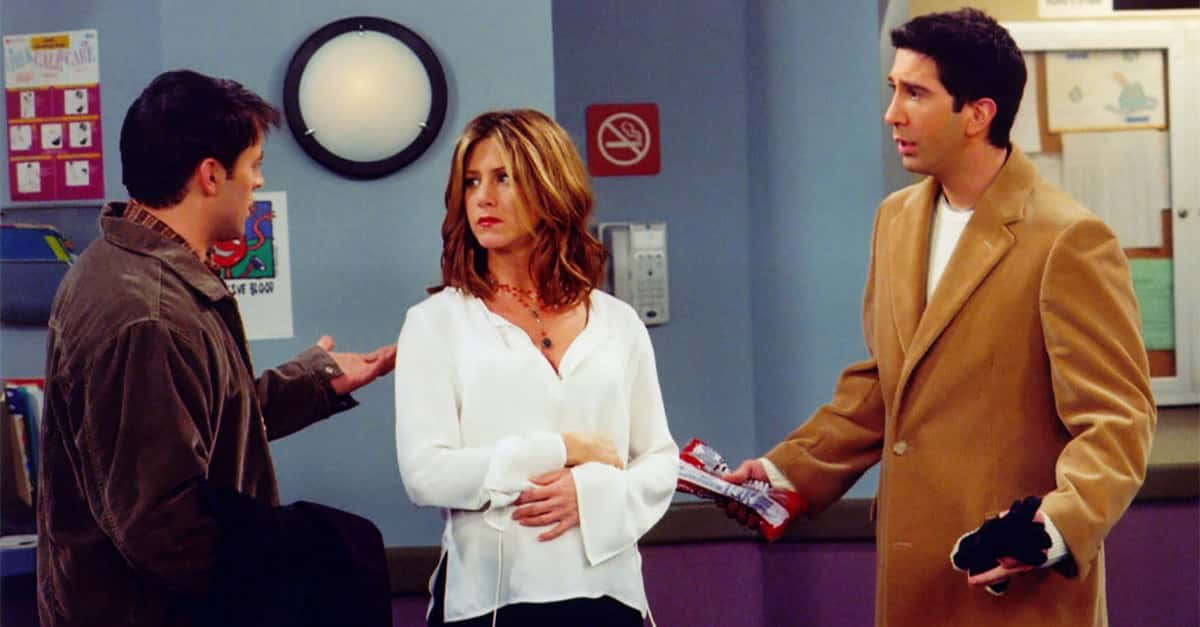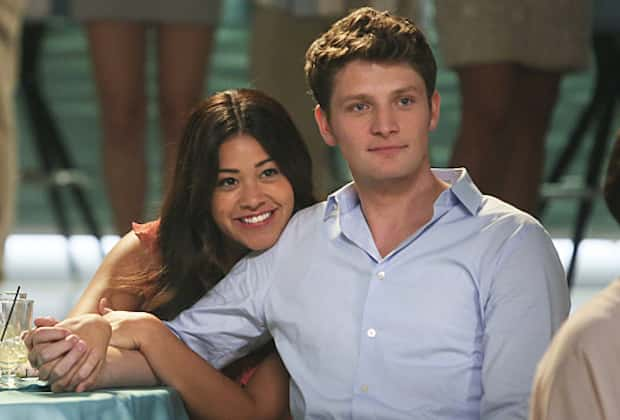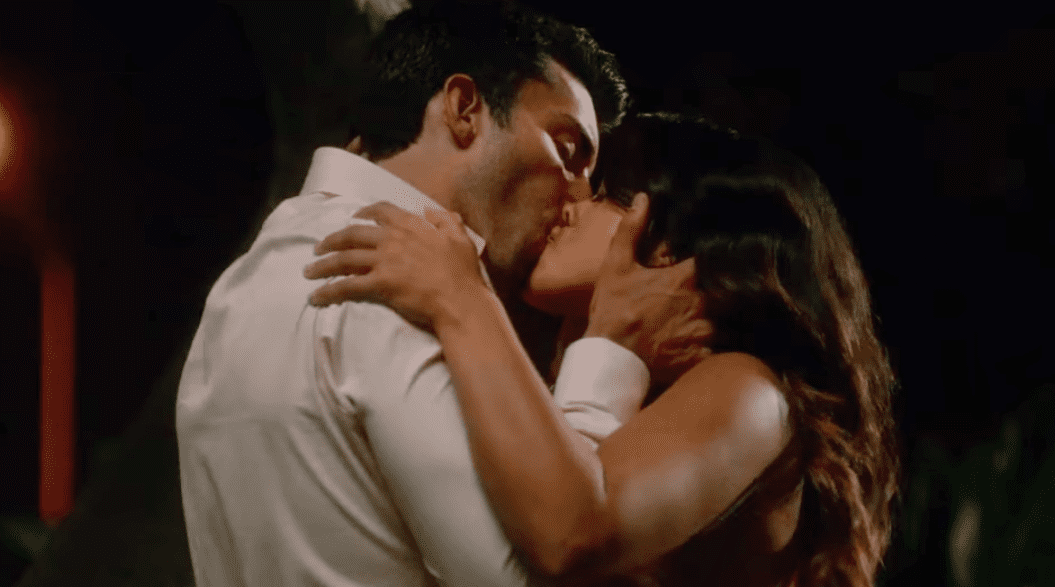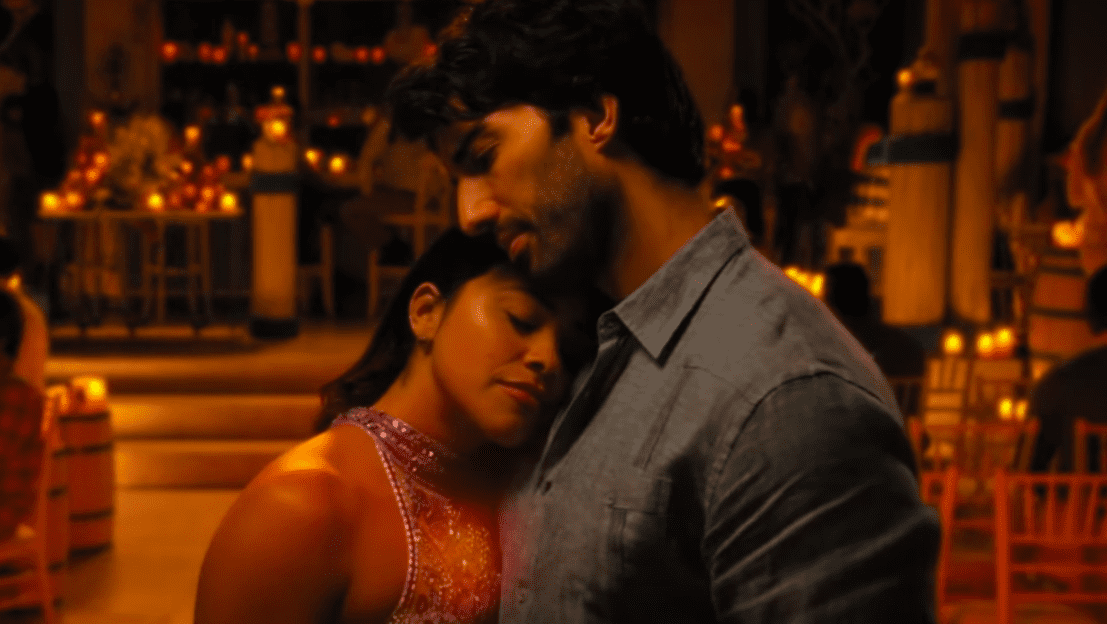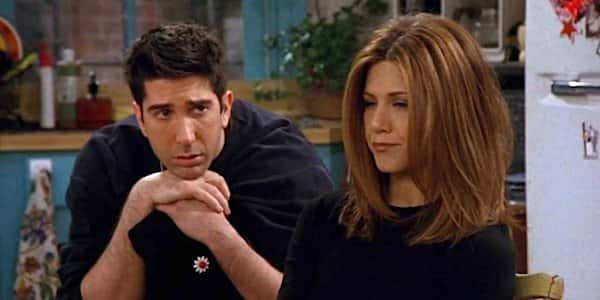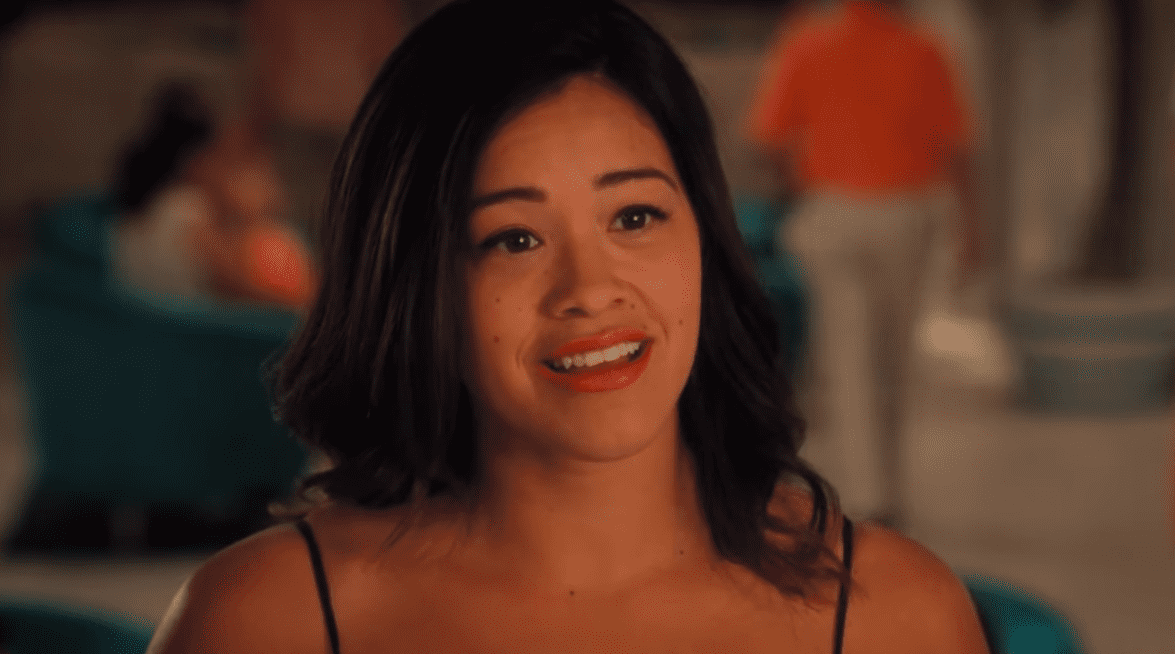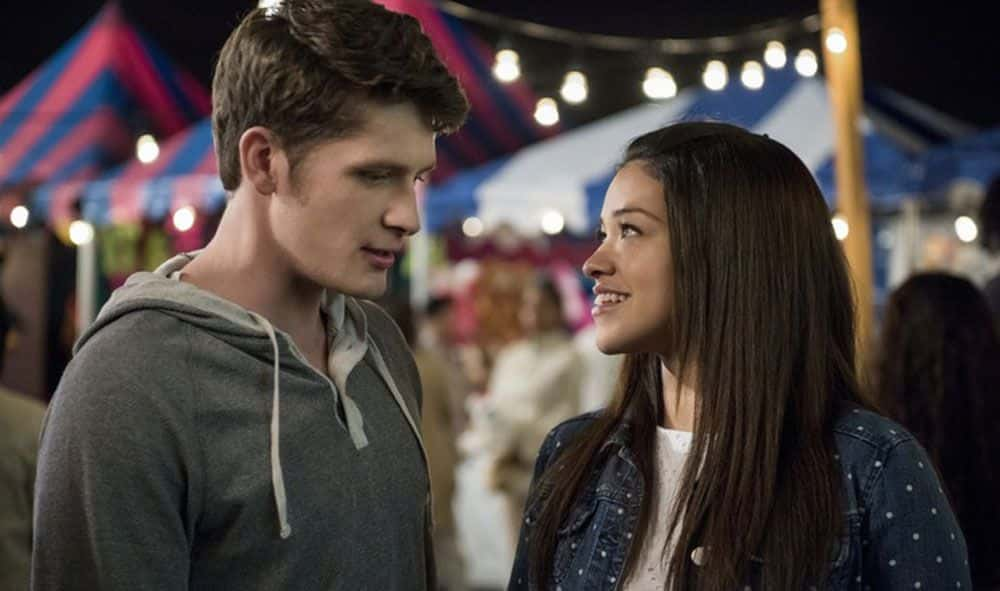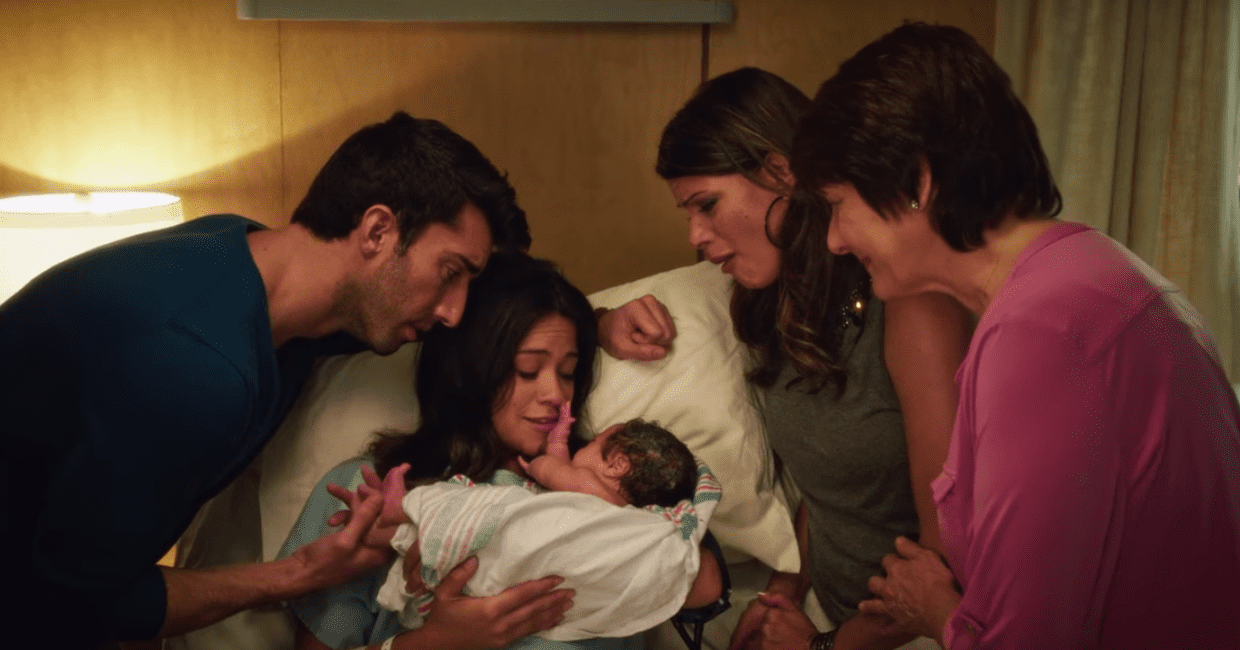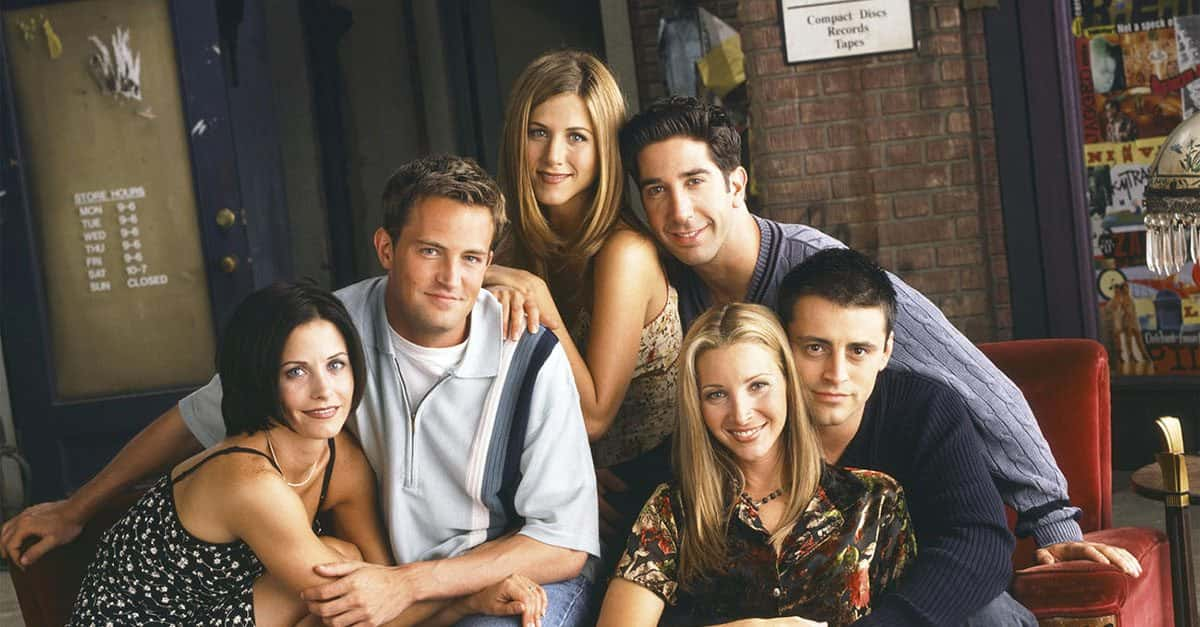A few months ago, Jane the Virgin aired its series finale and paired the plucky lower-class heroine with the reformed rich-kid playboy. After five years of “will-they-won’t-they” tension and signature telenovela drama, Jane Villanueva and Rafael Solano finally got their happily ever after.
While the finale earned acclaim, fans devoted to Jane’s first love, Michael Cordero, had mixed feelings. As the third component of the series’ love triangle, Michael was a kind, stable, hard-working police officer—the exact antithesis of Rafael’s broody, liquor-soaked hotel magnate.
Watching Jane weigh the respective merits of Michael and Rafael had a deeper meaning than “Which hot man will I kiss this week?” As Jane debated between her suitors, she also grappled with the sitcom’s reliance on two male character types: the safe and steady boy next door and the dangerous playboy who learns to love.
The Love Triangle
The push-and-pull between these tropes has dominated pop culture for decades, even though the formula resists variation. After all, we know who the girl chooses: the bad boy. Carrie dumps Aidan for Mr. Big. Bella opts for Edward instead of Jacob. Joey goes for Pacey instead of Dawson. I could go on.
In a refreshing change, it looked like Jane the Virgin would up-end this formula and pair its heroine with an already-good man, rather than one who needs to be forced into treating women with respect. The show even went so far as to sanction #Villadero—fans’ ship-name for Jane and Michael—with that all-important walk down the aisle.
Business as Usual
As the couple exchanged vows, Jane the Virgin did more than pair two characters. It also drew a line in the sand. For a brief time, Jane the Virgin chose to validate and ennoble a quiet, steady, gently playful love, instead of the tension and conflict that often stand in for romance on TV.
And then the show concluded the third season by killing Michael. By the series finale, Jane and Raf were officially endgame. The heroine chose the sexy bad boy yet again.
Disclaimers Ahoy
One of Jane the Virgin’s most distinctive features is the show’s meta-knowledge of its own status as a TV show. With a gabby self-aware narrator who constantly reminds the audience that Jane’s story is a telenovela, the show enjoys toying with its characters, but also its viewers and its own genre.
Because Jane knows about the expectations thrust upon it, the show often comments on—and at its best, augments—the classic telenovela’s most hackneyed tropes. Babies switched at birth, endless sets of twins, and of course, the requisite love triangle get torqued into fresh, clever configurations.
For example, the show certainly complicates Rafael’s foundational character of the tormented womanizer. Instead, the writers developed him into a generous, sensitive man who truly deserves Jane by the end of the fifth season. However, fans may well wonder at the nature of Raf's transformation. In many ways, the person that Rafael becomes isn’t necessarily a better version of himself. It’s a fully different person—and one we’ve already met.
All the good qualities cultivated by Rafael are qualities already held by Michael. Kindness, patience, open communication, generosity: why are these celebrated in Rafael, but undervalued as ho-hum in Michael?
The Return of the Repressed
Jane the Virgin can’t provide a satisfying answer to this question. Rafael is only the tip of the iceberg—and these killjoy questions little more than psychological run-off from watching TV heroine after TV heroine educate an awful man into being slightly less terrible (Chuck Bass, Ross Gellar, Barney Stinson) instead of dating someone who already treats them with consideration (a king among men: Joey Tribbiani).

History's most fascinating stories and darkest secrets, delivered to your inbox daily.
No Exit
I suspect that TV shows keep pairing heroines with lackluster men not because they want to punish them—though Rachel Green giving up her dream job to be with Ross Gellar certainly seems antagonistic—but because the modern sitcom almost guarantees bad behavior. To keep viewers tuning in for years and years, sitcoms rely on a steady diet of tension, conflict, and apparent resolution—only to reintroduce tension and repeat the formula ad nauseum.
If a show ends within a few seasons, this recipe works well enough. The writers keep the central couple apart for two seasons, get them together, perhaps introduce some tension or even break them up, and then round things out with reconciliation in the finale.
But if a show that lasts over five years, this formula sours into a cruel parody of itself. As the fights continue, the one-time super-couple devolves into a hollow on-and-off relationship.
If two fully grown adults can't work through their problems, their relationship stops reading as a fated romance and starts seeming more like a divorce-bound case of irreconcilable differences. Given enough time, the “will-they-won’t-they” formula practically guarantees that a TV show will wind up glamorizing a profoundly dysfunctional couple.
This Goes Right to the Top
If shows assume that the only way to keep a viewer interested in a love story is to prolong the couple’s union, then of course TV couples are going to deflate their once-profound romance. But far worse than tainting their OTPs, these TV shows also poison a viewer’s idea of a good relationship. It becomes not just commonplace but profound and romantic to put up with an incompatible partner for years at a time.
Meaningful, true love becomes coded as difficult, fight-ridden, and tense, instead of supportive, generous, and considerate. Almost against its own will, the romantic sitcom doesn’t actually represent a good romance. Instead, it inadvertently shows viewers the perturbing discrepancy between a healthy relationship and “good” TV.
Experiments > Endgame
There are better love stories available, but they’re difficult to identify because they’re so often untold. Like Joey and Rachel or Michael and Jane, they’re experiments, not endgame. But then again, every great invention starts as a hypothesis. By valuing the sitcom couples whose healthy love stories are cut short, we can experiment with our viewing habits, even if we can’t interfere with the writer’s room.
These brief flashes of tenderness, kindness, and steadiness are bold experiments where TV celebrates the love that is offered freely, instead of so-called love that comes with conditions and expectations or relies on miscommunication and conflict for interest.
In Praise of Steadiness
Instead of glamorizing brooding boy pain and equating sexiness with being inconsiderate, we might take a cue from Joey Tribbiani and Michael Cordero. By valuing male characters who naturally offer love and generosity, we would celebrate men who are kind because they cultivate that part of themselves, not because they’re forced into better behavior by a long-suffering partner. Doing so wouldn't just ennoble the good men sidelined by TV shows, but offer viewers kinder, gentler ways of understanding how to give and receive love.
In her excellent new book I Like To Watch, Pulitzer-prize winning TV critic Emily Nussbaum describes the unique formal features of TV, specifically focusing on how TV relies on a fan to “keep inviting her favorite show back in.” And along with a show comes all its baggage: Friends’ poisonous celebration of Ross’ toxic masculinity, Jane the Virgin’s inability to resist a male work-in-progress, instead of an already-considerate partner. Witnessing a years-long romance, even if it’s filtered through a TV screen, can’t help but shape our own ideas of love. As we turn on our screens, we might take a moment to consider just who and what we’re inviting into our homes.

